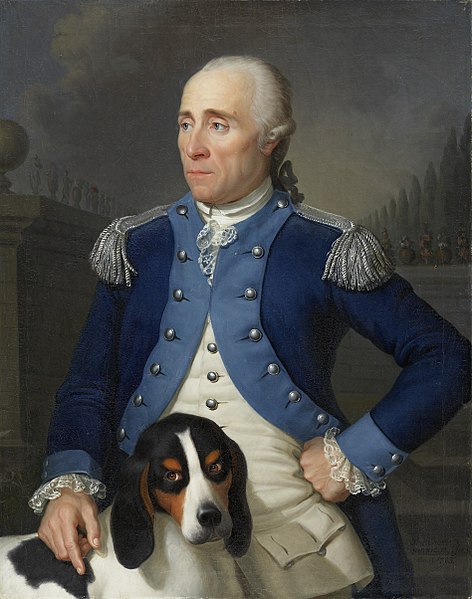The beagle is a breed of small scent hound, similar in appearance to the much larger foxhound. The beagle was developed primarily for hunting hare, known as beagling. Possessing a great sense of smell and superior tracking instincts, the beagle is the primary breed used as a detection dog for prohibited agricultural imports and foodstuffs in quarantine around the world. The beagle is a popular pet due to its size, good temper, and a lack of inherited health problems.
Tricolor Beagle
The Southern Hound is thought to be an ancestor of the beagle
Early images of the beagle (clockwise from top left): 1833, 1835, Stonehenge's Medium (1859, reusing Youatt's 1852 "Beagle" image) and Dwarf Beagle (1859).
A uniform type for the breed developed at the start of the 20th century
Scent hounds are a type of hound that primarily hunts by scent rather than sight. These breeds are hunting dogs and are generally regarded as having some of the most sensitive noses among dogs. Scent hounds specialize in following scent or smells. Most of them tend to have long, drooping ears and large nasal cavities to enhance smell sensitivity. They need to have relatively high endurance to be able to keep track of scent over long distances and rough terrain. It is believed that they were first bred by the Celts by crossbreeding mastiff-type dogs with sighthounds. The first established scent hounds were St. Hubert Hounds bred by monks in Belgium during the Middle Ages.
The Beagle: long ears, large nasal passages, and a sturdy body for endurance
A Treeing Walker Coonhound baying
Franz Rudolf Frisching in the uniform of an officer of the Bernese Huntsmen Corps with his Berner Laufhund, painted by Jean Preudhomme in 1785







